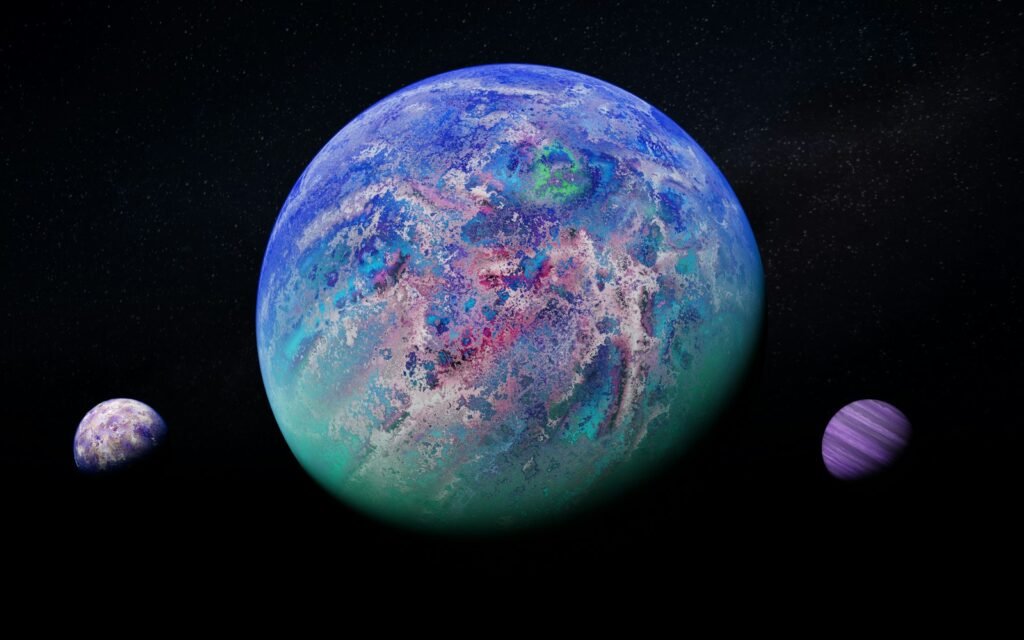Imagine a galaxy teeming with worlds that never see a sunrise. Astronomers call them rogue planets – loners flung from their birth systems or born in the cold between the stars – and they’re turning up more often than anyone expected. The mystery is deliciously thorny: for years, scattered discoveries hinted at a hidden population, while new surveys now suggest these wanderers may rival, or even surpass, the number of stars. The evidence is still messy, but the trend line is hard to ignore. If the Milky Way is full of homeless worlds, then our map of the cosmos – and our idea of what a planetary system looks like – needs a radical redraw.
The Hidden Clues
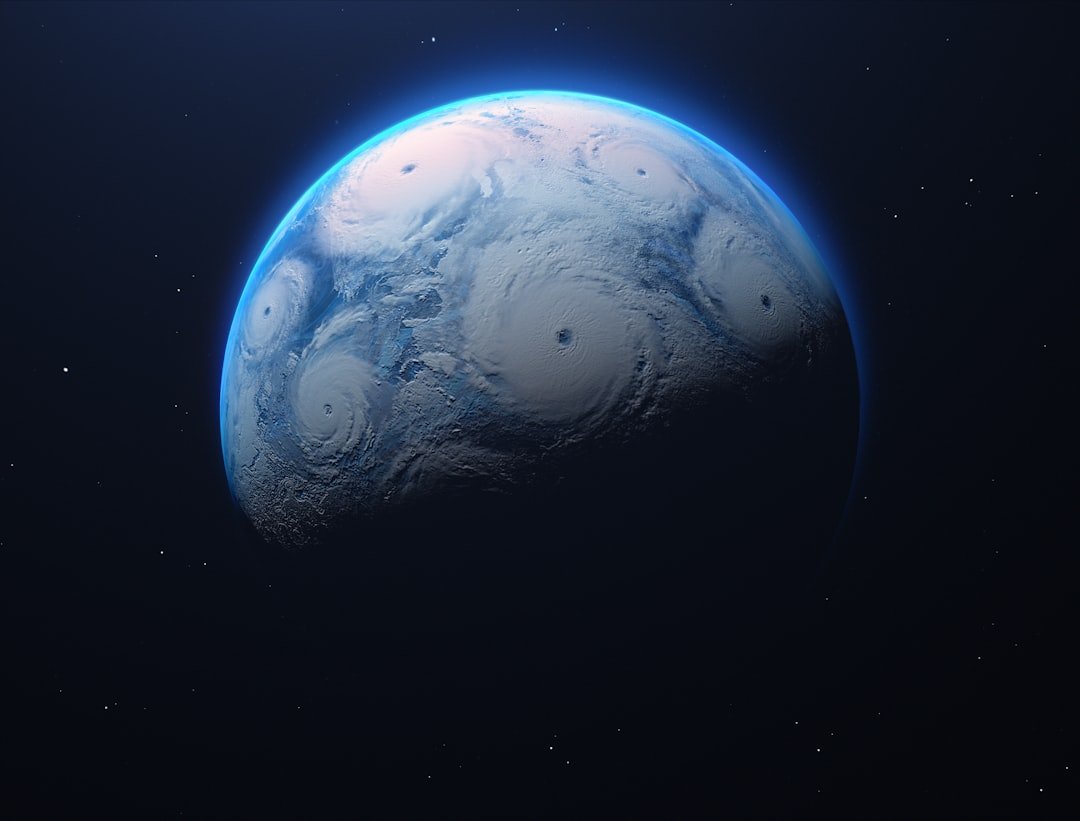
What if the night sky is crowded with worlds that never see a sunrise, slipping by unseen in the dark? Astronomers first caught hints through gravitational microlensing, where a foreground object temporarily brightens a background star by bending its light. The shortest, blink-and-you-miss-them microlensing events can be explained by low-mass lenses, and some appear too quick to belong to ordinary stars. That opened the door to planets with no host star at all.
Since then, reports have stacked up from surveys staring toward the dense star fields of the Galactic bulge, each light-curve bump like a cosmic footprint left by something small, cold, and invisible. Early estimates were provocative, then tempered by re-analyses that separated truly free-floaters from planets on very wide orbits. Still, the message remains: our galaxy likely hides a vast, roaming population that standard telescopes barely touch.
From Ancient Tools to Modern Science
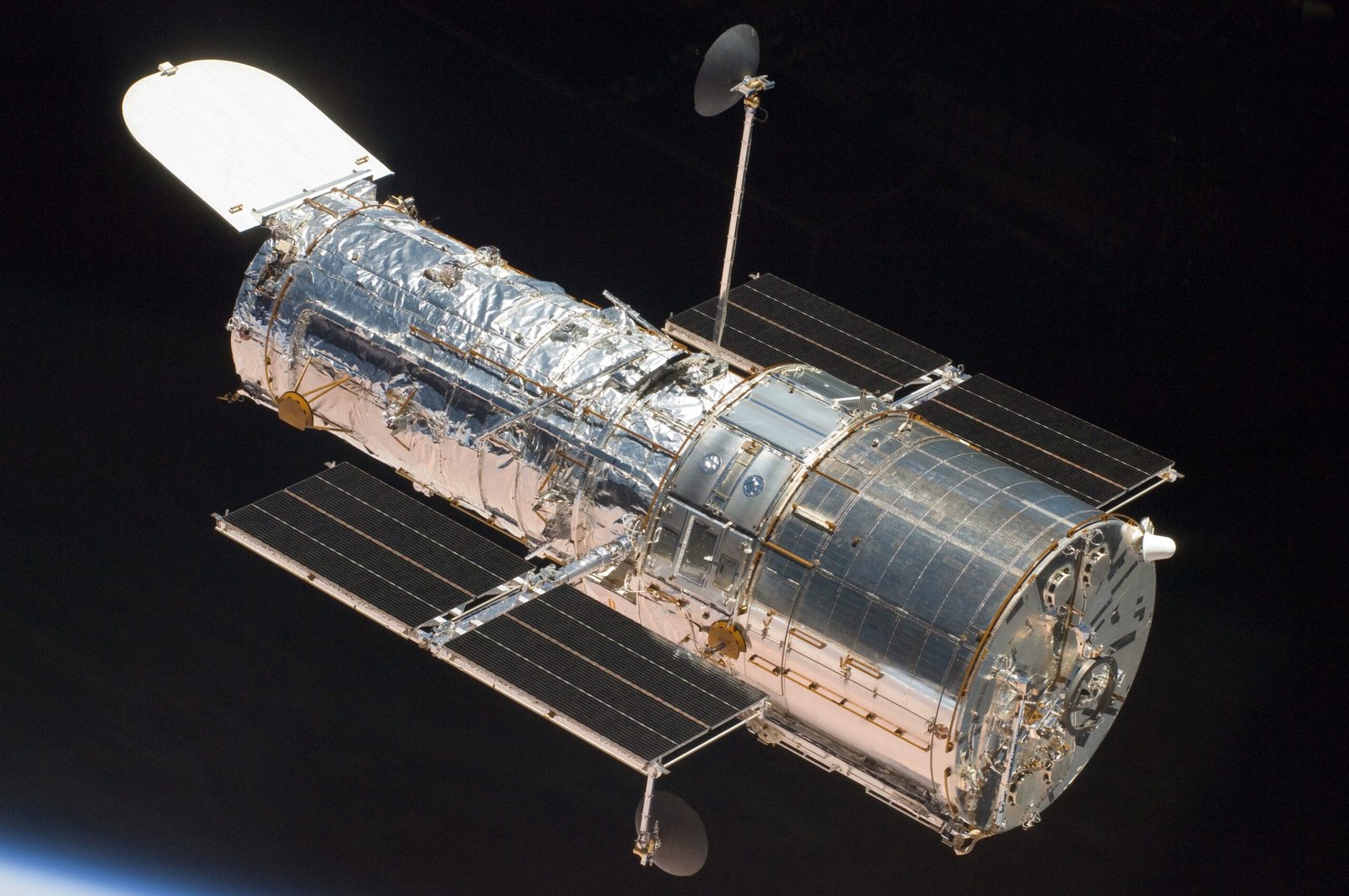
It starts with gravity, the oldest tool in the astronomer’s kit, but the execution today is cutting-edge. Ground-based campaigns such as OGLE, MOA, and KMTNet industrialized microlensing, turning rare events into workable statistics. Space observatories added precision astrometry and infrared sensitivity, helping to tell apart faint stars, brown dwarfs, and lighter planetary-mass objects.
The narrative evolved as datasets grew: a buzz of “they’re everywhere” gave way to careful accounting that still found plenty of loners. In parallel, wide-field infrared mapping of young star-forming regions uncovered isolated, Jupiter-mass bodies that look more like planets than failed stars. The technology arc is simple but powerful – sharper eyes, longer watches, and smarter algorithms mean fewer ghosts and more real worlds.
Hunting the Darkness
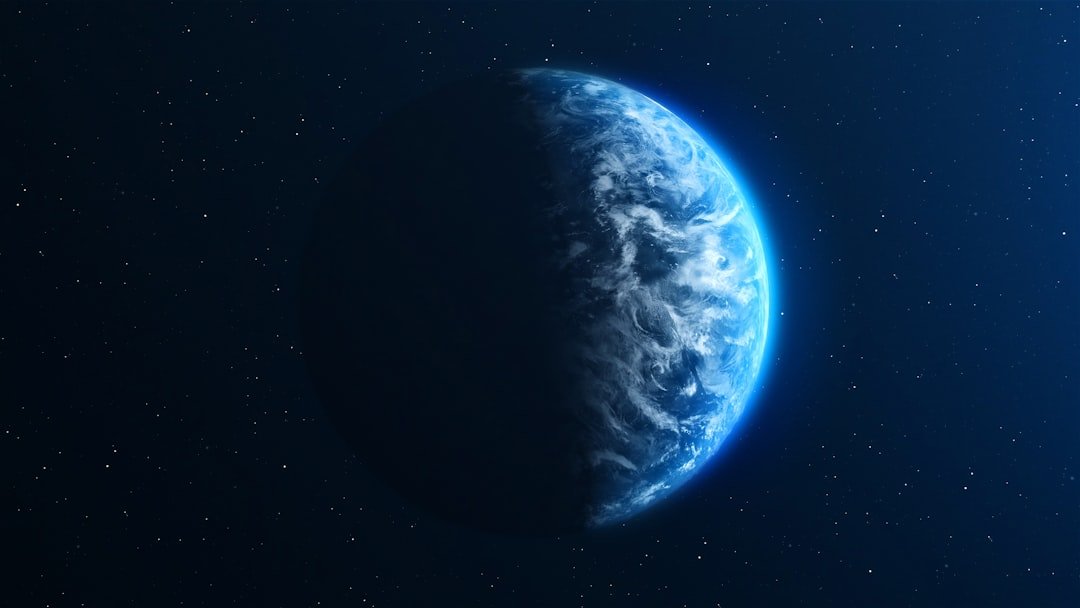
Spotting a rogue planet is like hearing a single footstep in a stadium; you need patience, precision, and luck. Microlensing delivers the footprint, but not always the size or distance without extra context, so follow-up imaging and parallax measurements fill in the blanks. In young clusters, deep infrared surveys search for still-warm objects that have not yet cooled into invisibility.
Even with these tricks, confusion reigns: brown dwarfs can masquerade as super-Jupiters, and planets on ultra-wide, dim orbits can impersonate free-floaters. New machine-learning classifiers now sift millions of stellar light curves to flag the cleanest, shortest events likeliest to be planetary. Each improvement nudges us from suggestive hints toward firm census-taking.
Surprising Finds in Stellar Nurseries
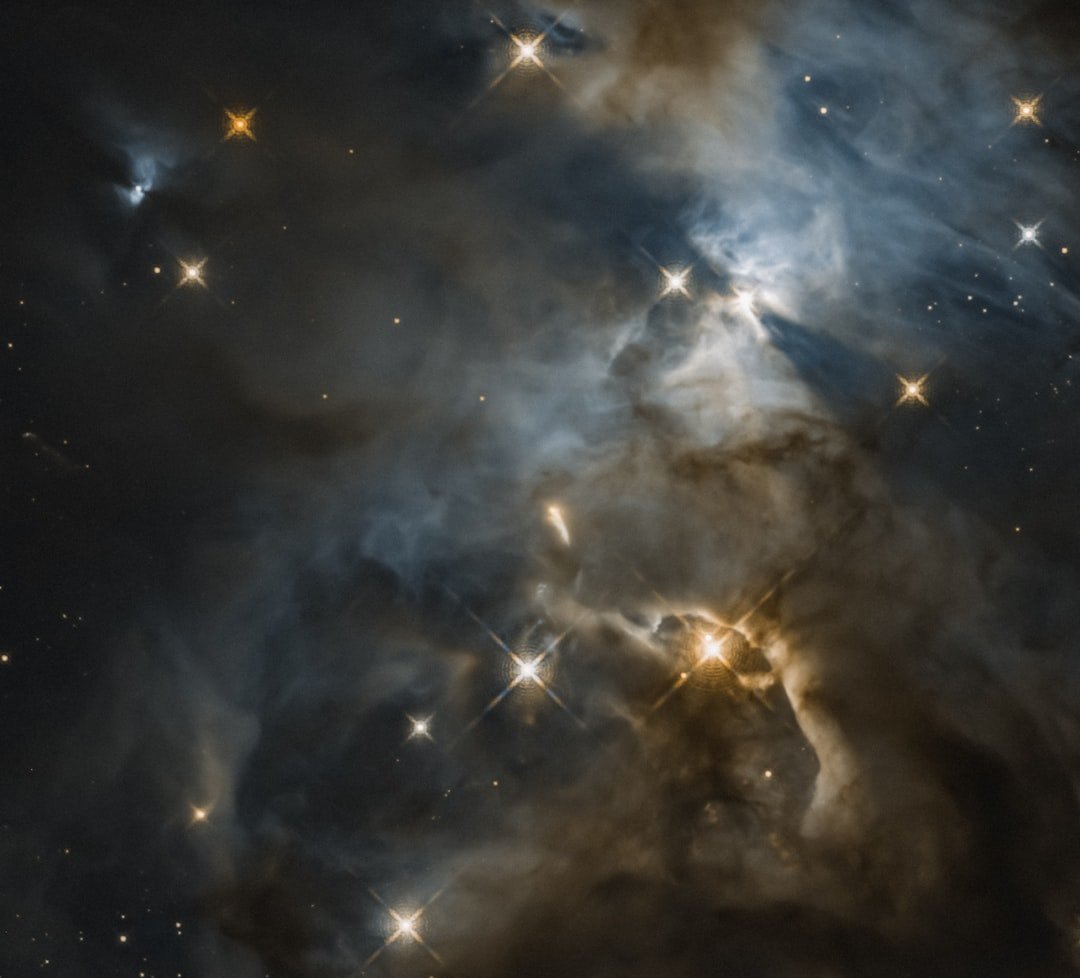
Stellar nurseries are messy places, and that mess may be a factory for loner planets. Studies in nearby regions have identified dozens to more than a hundred candidate free-floating, Jupiter-mass bodies, implying that such objects can be as common as stars in some neighborhoods. That’s shocking at first glance, but newborn clusters are chaotic, and small objects are easy to eject.
Recent images of the Orion Nebula revealed pairs of Jupiter-mass objects drifting together, challenging neat boundaries between planet and star. Whether these are true binary rogue planets or unusual brown-dwarf pairs, they underline how formation can take surprising paths. I remember standing under a dark New Mexico sky, squinting where Orion hangs, trying to picture those cold, drifting twins; the idea felt both eerie and oddly hopeful.
The Numbers Game
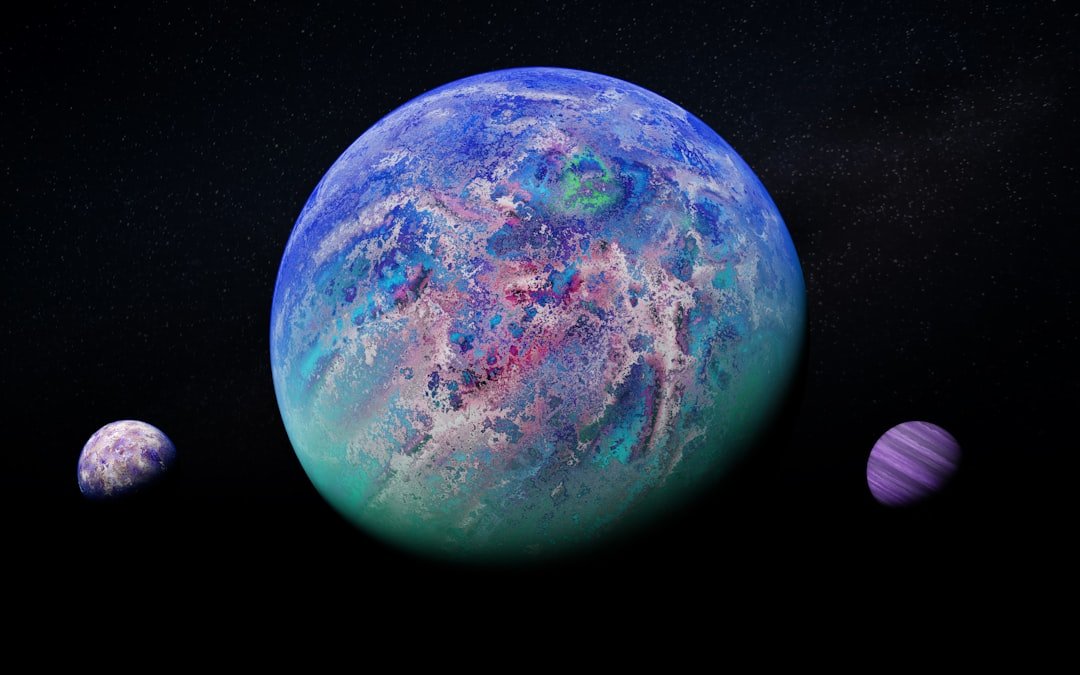
Do rogue planets outnumber stars in the Milky Way? The honest answer, as of now, is “possibly in some places, probably not everywhere, and almost certainly at small masses.” Surveys suggest that Jupiter-mass free-floaters are common but may not exceed the stellar count galaxy-wide. However, if you factor in smaller bodies – down to Earth-mass and below – the tally could rise steeply.
That’s because planetary systems are not serene clockworks; they’re more like crowded dance floors with occasional shoves. Encounters between gas giants can fling out lighter worlds, and passing stars can strip planets from fragile outer orbits. Add the possibility that some rogue worlds form directly in collapsing gas clumps, and you have multiple pipelines feeding the interstellar streets. The bottom line: we are still debating the totals, but upper bounds keep drifting higher as the data improve.
Why It Matters
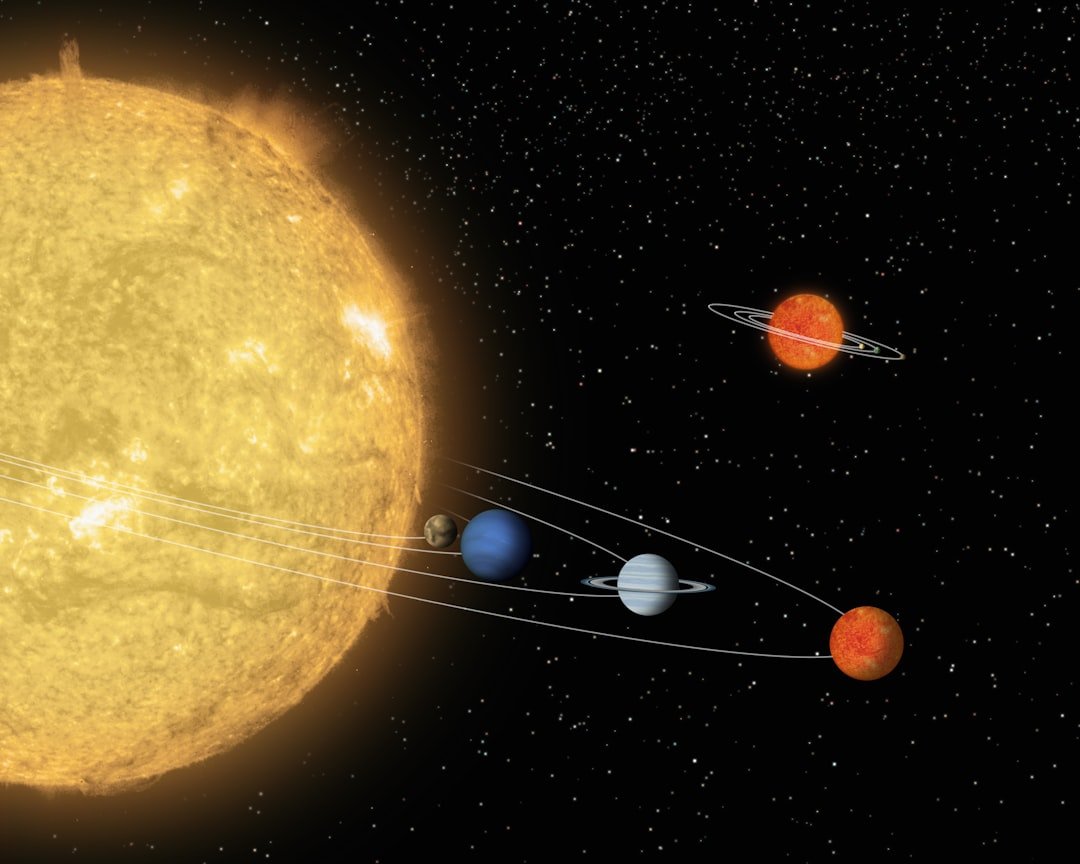
Rogue planets aren’t just a curiosity; they stress-test our theories of how planets form and evolve. Traditional models emphasized tidy disks around single stars, yet the emerging picture demands room for violent scattering, stellar flybys, and fragmented cloud cores. If free-floaters are abundant, then the architecture of many planetary systems may be unstable by default, with ejections a routine outcome rather than an edge case.
There’s also a tantalizing habitability angle. Some rogues could retain thick hydrogen atmospheres that trap internal heat, potentially allowing subglacial oceans far from any star. That stretches the concept of the habitable zone beyond starlight and into the realm of internal energy and chemistry. In a galaxy where life might adapt to almost anything, ignoring these worlds would be a mistake.
Global Perspectives
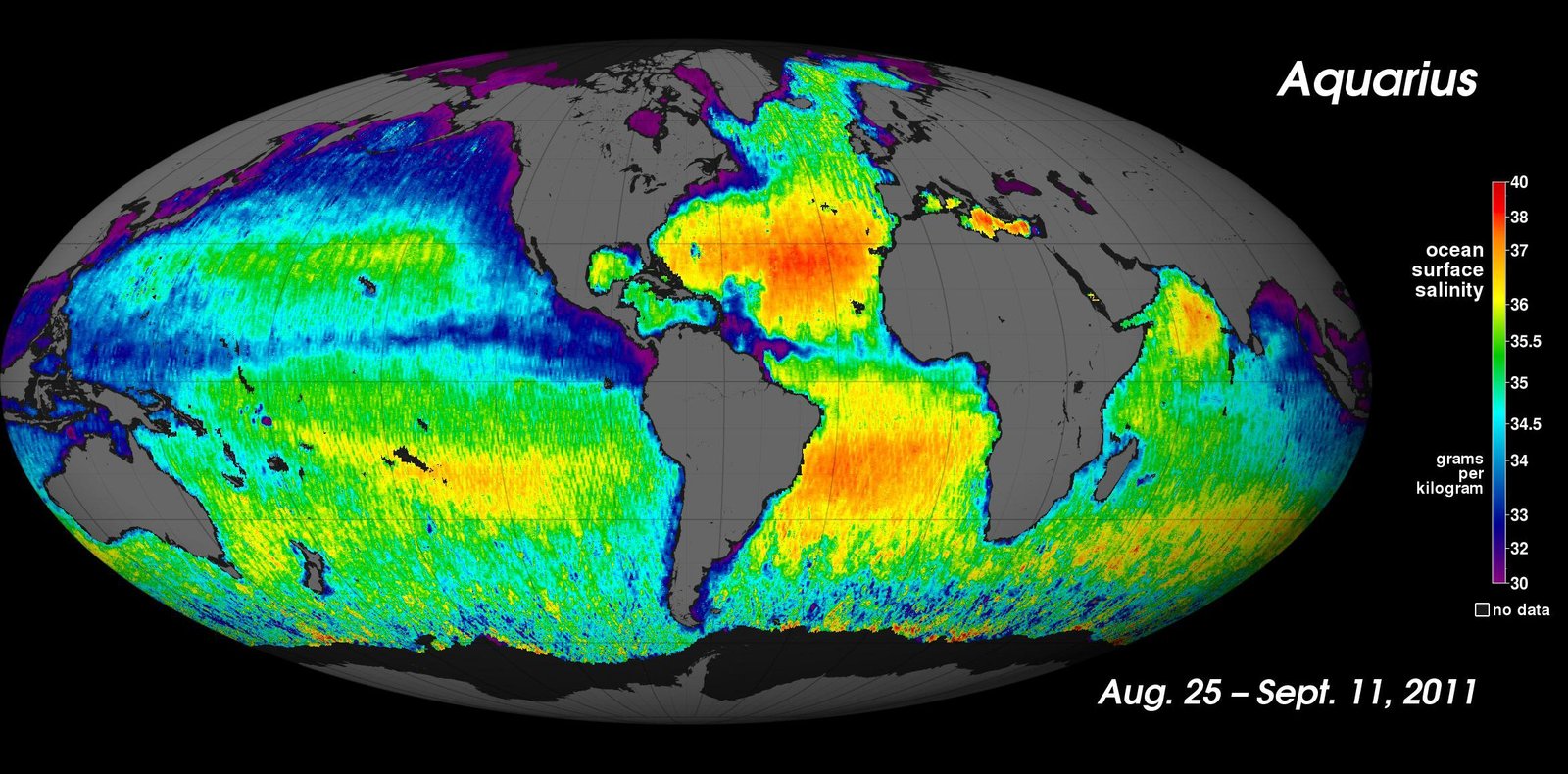
The chase for rogues is inherently international, because the signals are fleeting and the sky is large. Networks in Chile, South Africa, Australia, and beyond hand off the night like runners in a relay, ensuring no lensing blip goes unmeasured. Space missions add reach and stability, while national data centers crunch torrents of light curves into candidate lists.
Collaboration also helps reconcile competing measurements and definitions across cultures, instruments, and methods. When one team names a planetary-mass object and another calls it a tiny brown dwarf, joint analyses and shared calibration bring clarity. The result is a more robust census that any single facility would struggle to achieve. Astronomy may be about distant worlds, but the work is intensely human and communal.
The Future Landscape
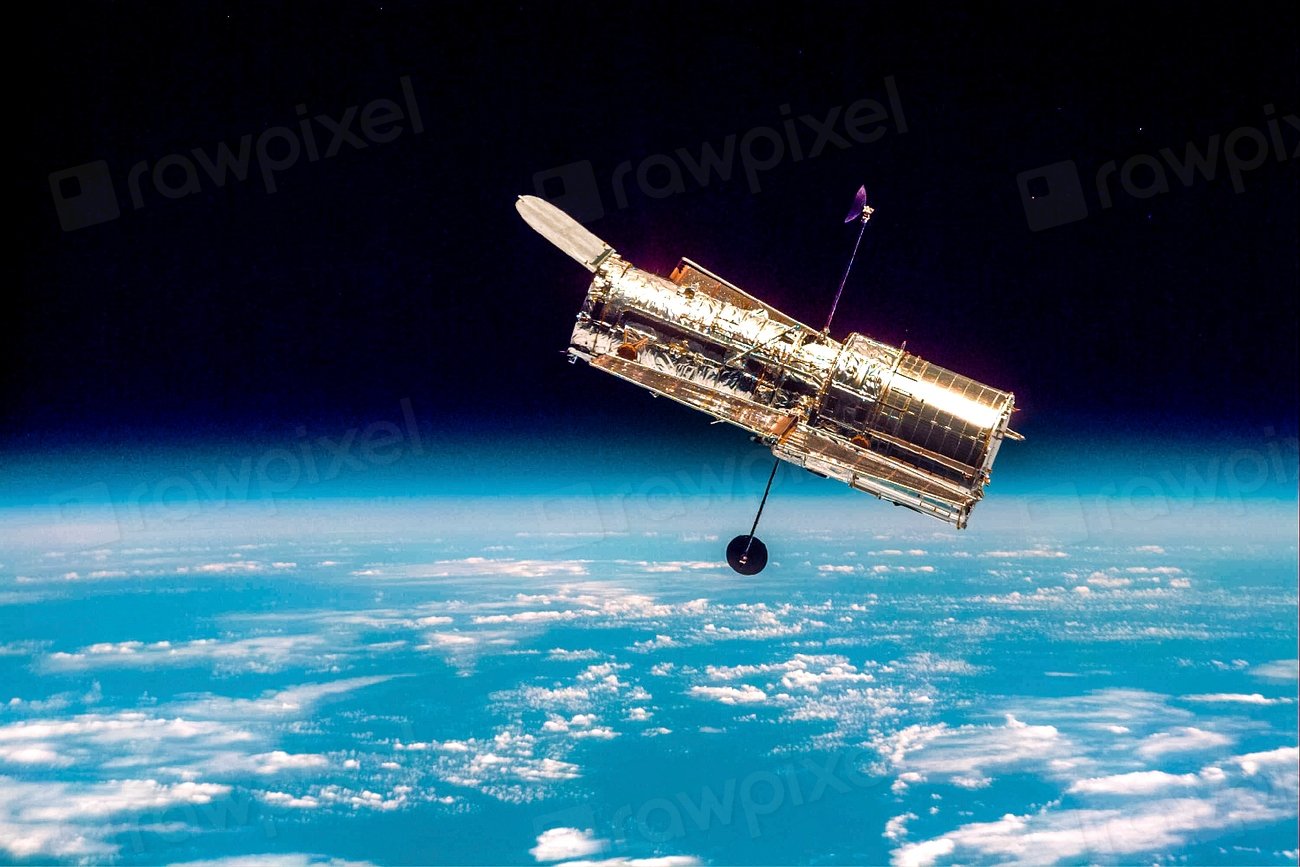
The next few years look transformative. A dedicated microlensing survey from a wide-field space telescope is expected to detect thousands of events, including many from free-floating, Earth- to Jupiter-mass worlds. Combined with simultaneous ground observations, those detections will yield precise masses and distances instead of tantalizing maybes.
Meanwhile, deep infrared imaging from current flagships will keep probing young regions for still-warm loners, and wide-field surveys will refine proper motions and parallax. Better simulations will tie observed demographics to formation histories, testing whether ejection or in-situ birth dominates at different masses. The challenges are clear – distinguishing impostors, handling selection biases, and securing follow-up time – but the payoff is a first credible census of the Galaxy’s drifters.
Conclusion
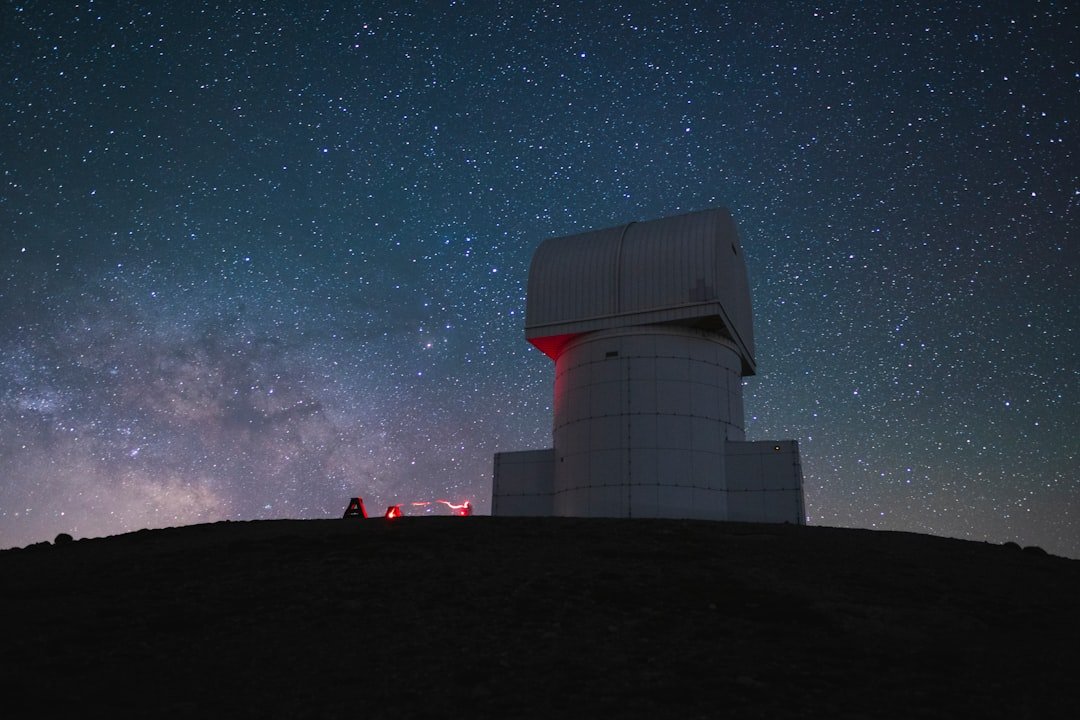
You can follow mission updates from major observatories, sign up for alerts on microlensing campaigns, and share standout results that push this field forward. Citizen-science platforms often recruit volunteers to help scan light curves or identify faint moving objects, turning curiosity into real data points that scientists rely on.
If you work in education or outreach, consider weaving rogue planets into lessons about gravity and discovery, because the story grabs students instantly. And if you advocate for research funding or dark-sky policies, remember that steady support and clear skies directly accelerate surveys sensitive to these fleeting signals. Curiosity is the engine here; add your spark.

Suhail Ahmed is a passionate digital professional and nature enthusiast with over 8 years of experience in content strategy, SEO, web development, and digital operations. Alongside his freelance journey, Suhail actively contributes to nature and wildlife platforms like Discover Wildlife, where he channels his curiosity for the planet into engaging, educational storytelling.
With a strong background in managing digital ecosystems — from ecommerce stores and WordPress websites to social media and automation — Suhail merges technical precision with creative insight. His content reflects a rare balance: SEO-friendly yet deeply human, data-informed yet emotionally resonant.
Driven by a love for discovery and storytelling, Suhail believes in using digital platforms to amplify causes that matter — especially those protecting Earth’s biodiversity and inspiring sustainable living. Whether he’s managing online projects or crafting wildlife content, his goal remains the same: to inform, inspire, and leave a positive digital footprint.

